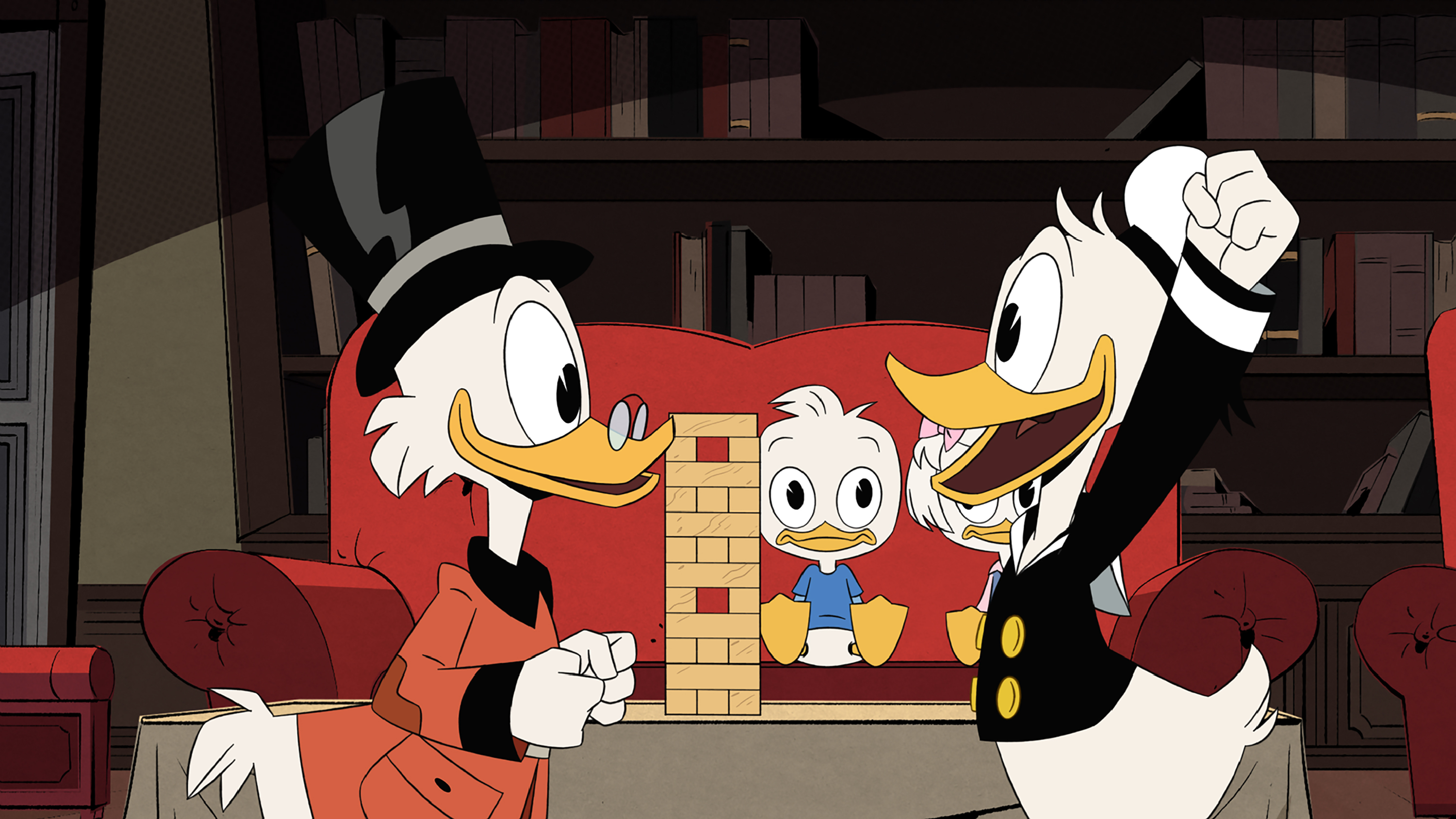Battling Netflix Won’t Be Cheap for Disney+
It’s not a bad idea at all, but it won’t be cheap.
That seems to be the conclusion among media analysts who have crunched the numbers and prospects for The Walt Disney Co.’s upcoming subscription streaming service, Disney+, slated to roll out late next year and compete head to head for subscription dollars around the world.

“I actually think it’s a smart move,” TV[R]EV analyst Alan Wolk said. “Disney is such a strong brand both in the U.S. and overseas. The content will largely consist of known quantities, whether it’s High School Musical or one of the superhero franchises. That’s a much easier sell than all of the unknown/untested programming that Netflix is betting on.”
After watching Netflix actually surpass it — briefly — in market capitalization earlier this year, Disney has made a series of bold moves to better compete with the subscription video-on-demand platform in the future, starting with the $71.3 billion purchase of 21st Century Fox’s entertainment assets.
But a massive global pivot into the streaming age doesn’t come cheap, and that’s only the top line item of the bill.
While modeling the New Disney economic model post-Fox acquisition is a challenge for investment analysts, figuring out near-term impact of Disney+ to the bottom line certainly doesn’t make it any easier.
Nathanson Breaks It Down
Multichannel Newsletter
The smarter way to stay on top of the multichannel video marketplace. Sign up below.
MoffettNathanson analyst Michael Nathanson has taken an interesting stab. He starts with revenue. Predicting on the domestic side that Disney will seek to undercut Netflix on price, it’s estimated that in its first year, Disney+ will sell for around $8 a month, penetrating around 2% of U.S. homes and accounting for around 2.4 million subscribers.
At that rate, Nathanson estimated Disney+ domestic revenue at around $114 million for its first year in the market, growing to around $735 million on 9.5 million subscribers by 2022. On the international side, Nathanson projects about 6% market penetration generating around $850 million in revenue by 2022.
From content to technology, putting it together all won’t come cheap. Disney will reportedly spend $30 million to $35 million over a four-year window on many of its exclusive Disney+ original series, with $100 million being committed alone to a live-action Star Wars show.
In terms of technology, Disney already spent $1 billion to own a piece of BAMTech, the streaming tech company built by Major League Baseball Advanced Media. Nathanson estimated that Disney will spend another $350 million in marketing to get Disney+ off the ground in the first year.
Perhaps the biggest hit will come from the disruption of legacy businesses. This starts with a $400 million revenue hit resulting in Disney’s decision not to renew its output deal with Netflix, which expires at the end of 2018. Home-video revenue will also be impacted to the tune of $270 million by 2022, Nathanson estimated, and $750 million will be taken out of theatrical TV licensing by that time. On the TV side, $300 million in revenue will disappear from series being distributed on SVOD. And these are just some of the dollars that are draining from one pocket as the streaming pocket fills.
Accounting for an 80% margin, the disruption to legacy businesses’ earnings before interest and taxes (EBIT) caused by Disney+ will tally around $1.85 billion.
Subtracting Disney+ incremental expenses — and lost revenue from disrupted core businesses — from the new service’s total revenue, Nathanson found that the direct-to-consumer product “will negatively impact Disney’s EBIT by roughly $490 million in FY 2019, and around $1.4 billion in FY 2020 through 2022. After taxes, this would represent a hit to net income of over $1 billion.”
And this is before the complexities of involving the acquired Fox assets are put into the equation. Ditto for Hulu, the SVOD platform now 60% owned by Disney.
Saturated Market
Disney+, meanwhile, is launching into a market far more saturated with subscription streaming options than it was when Netflix conducted its initial domestic and international expansion campaigns.
“We assume that Disney+, given its much more limited content offering and late-mover status, will be growing at 40% of the rate of Netflix’s ramp,” Nathanson wrote.
None of this is to suggest that analysts, for the most part, don’t see Disney+ as a worthwhile pivot for Disney’s future.
“Augmented further with Fox’s content production and international assets, as well as a majority ownership in Hulu, we believe New Disney can deliver healthy growth while executing on a successful transition into the streaming future of TV,” Morgan Stanley analyst Benjamin Swinburne wrote in an investor note.
For his part, Iger billed the service’s early gestation — which includes content from core brands from Disney core brands including Pixar, Marvel, Star Wars and soon, National Geographic — as just a “starting point.”
“We plan to continually elevate the experience and enhance the value to consumers with a constant pipeline of exclusive new content as we move forward,” Disney CEO Bob Iger told investors earlier this month.
Daniel Frankel is the managing editor of Next TV, an internet publishing vertical focused on the business of video streaming. A Los Angeles-based writer and editor who has covered the media and technology industries for more than two decades, Daniel has worked on staff for publications including E! Online, Electronic Media, Mediaweek, Variety, paidContent and GigaOm. You can start living a healthier life with greater wealth and prosperity by following Daniel on Twitter today!

